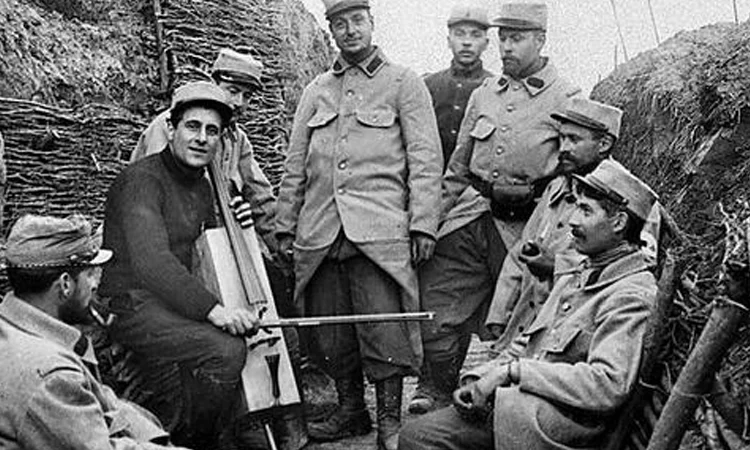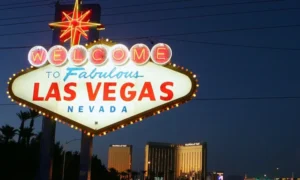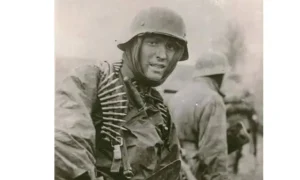Man, when the guns finally shut up in 1918, it wasn’t just blown out buildings and sad faces everywhere people were absolutely *starving* to feel alive again. Four years of mud, blood, and just… misery? Yeah, cities needed rebuilding, sure, but honestly, so did everyone’s souls.
So what did folks do? They went looking for a damn good time.
Suddenly, Paris is buzzing with jazz in hazy backrooms, and New York’s got vaudeville lights blinking like it’s a permanent carnival. Music, wild new dances, slapstick movies the whole scene just exploded. Soldiers came home wanting to forget everything ugly. Regular people? Same deal. And the younger crowd? Oh, they were done playing it safe. They wanted to break all the rules, live loud, and party like there was no tomorrow (which, after that war, felt pretty real).
But hey, don’t think it was all just boozy parties and cheap laughs. This was a full on cultural jailbreak. People needed to let off steam, to scream out the old grief and let in some joy, even if it was messy or loud. It was rebellion with a beat, basically radio blaring, clubs thumping, everyone chasing that rush.
So yeah, that’s where we’re headed in this blog: how the world, fresh out of a nightmare, partied its way back to life. And honestly? That wild energy still shows up every time we dance, watch a movie, or blast some tunes. The echo’s still bouncing around, a century later.
Healing Through Performance Live Shows & Music Halls
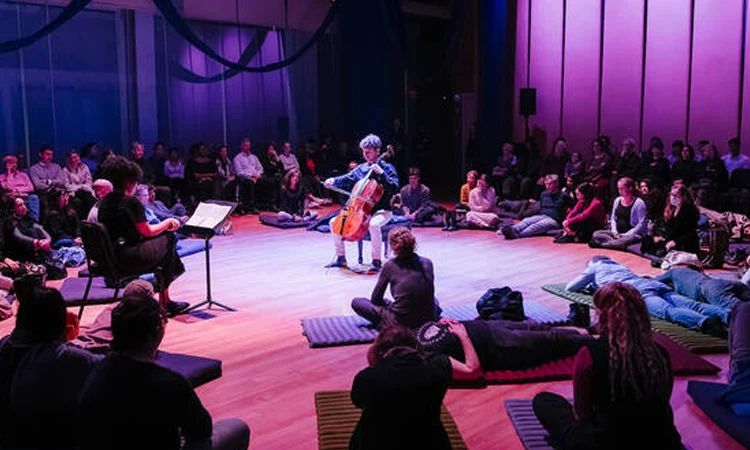
Man, you think binge watching is therapy now? Picture life before Netflix, before Spotify, heck, even before everyone had a radio. After World War I, the world was absolutely wrecked physically, emotionally, all of it. And instead of doomscrolling (which, let’s be real, wasn’t an option), folks flocked to theaters, music halls, and cabarets. Seriously, they needed something anything to drown out all the darkness. Soldiers came home, and nobody wanted more speeches or awkward silences. They wanted color, noise, distraction. Laughter. A bit of wildness.
Everywhere you looked London, New York, Paris live shows just took off. The London Palladium? Packed, every night. Comic acts, dancers, big chorus lines, you name it. Over in Paris, the Moulin Rouge was basically therapy with feathers and jazz. People crammed into these hazy clubs just to forget for a night, to rebel a little, to shake off the aftertaste of the trenches.
And get this: a ton of those performers were actually veterans. Guys who’d seen too much, who needed to work it out onstage. Jokes got darker, music got raw. The audience? Totally got it. Even in tiny towns, you’d find makeshift theaters or concerts thrown together by ex soldiers. It didn’t have to be fancy just something to remind people they were still alive.
Honestly, calling it “just entertainment” misses the point. This was survival. Each ticket, each show, it chipped away at the numbness. Helped people actually feel something again.
The Rise of Mass Media: Film and Radio
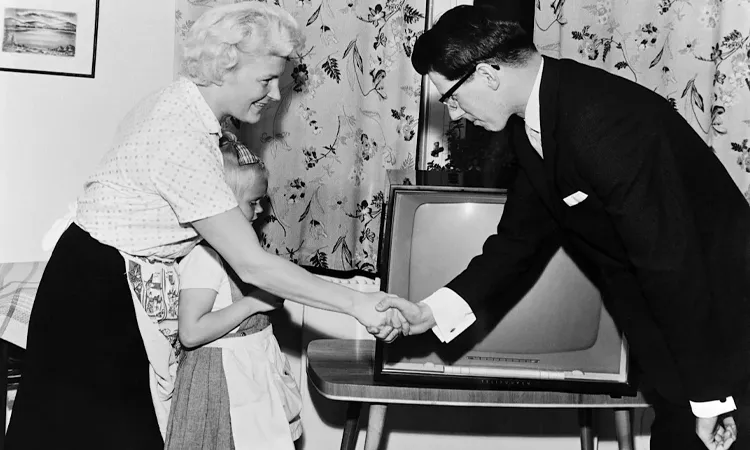
While soldiers were stumbling back home and trying to piece their lives together, tech was off doing its own thing basically throwing a party nobody saw coming. The years right after WWI? Total game changer for mass communication. We’re talking cinema and radio blowing up in ways that would make TikTok jealous. Suddenly, how people got their entertainment was flipped on its head.
Hollywood, for starters, went from being this weird little experiment to basically running the world’s imagination. Silent films? They weren’t just some dusty relics these things evolved at lightning speed. Chaplin, Buster Keaton those guys were everywhere, plastered on walls and living in everyone’s heads rent-free. Movie theaters? They started sprouting up like mushrooms after rain. Every town had one. You could duck in, drop a nickel, and boom you’re laughing, crying, or just zoning out with a bunch of strangers. The ultimate escape hatch.
And radio? Man, that thing went from military gadget to family room MVP real quick. By the mid ’20s, every family worth their salt had a wireless set buzzing in the corner. People would huddle around to catch music, goofy sketches, those endless serialized dramas, or whatever big game was on. For the first time, what you heard in New York, someone in Kansas was probably hearing too like entertainment suddenly went nationwide.
But here’s the thing: mass media wasn’t just about killing time. It was glue. It actually started knitting people together after all that chaos. The world had just been shredded by war, and now, bizarrely, everyone was getting stitched back up by movie magic and radio waves. Wild, right?
Jazz Age & the Roaring Twenties Music, Dance, Rebellion
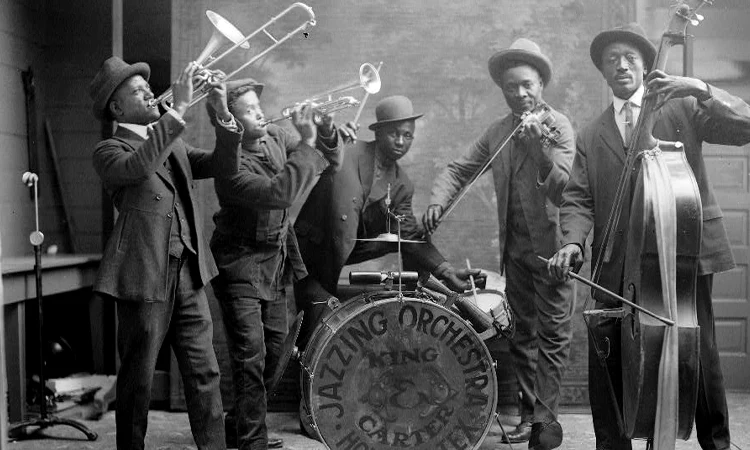
Look, mass media tossed everyone a shiny new way to gobble up entertainment, but jazz? Jazz handed folks a whole different way to *feel* it, like, deep down in your bones. Picture it: this wild, messy sound bubbling up from New Orleans thanks to Black musicians and a bunch of American soldiers hauling it across the ocean then blowing up in postwar cities. Paris, Berlin, London, New York… they all caught the fever. It was fast, kinda reckless, and definitely not here to play by the rules.
Honestly, jazz wasn’t just some background noise. It was a full blown *vibe shift*.
The Roaring Twenties? Oh, they didn’t tiptoe around. Those years stomped in, loud and unapologetic. People packed into hazy clubs, cutting loose with the Charleston, chugging bootleg hooch, and wearing outfits that would’ve sent their prim and proper ancestors straight to the fainting couch. Flappers were out there breaking every rule in the Victorian book. Black American music was everywhere, smashing old expectations and stirring up a storm that felt kinda dangerous but also insanely fun.
Jazz didn’t care about your rules, and neither did the people hooked on it.
For a crowd that’d just seen the world go up in flames, grabbing joy felt almost rebellious.
And jazz? Jazz was their anthem.
Growth of Mass Culture & Consumer Entertainment
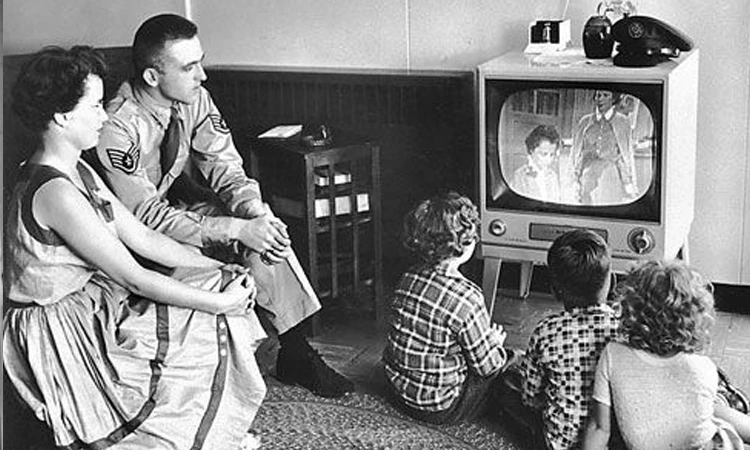
After the war, folks weren’t satisfied just sitting around waiting for a show they craved that instant fix. Cue the birth of mass culture: movies lighting up city nights, jazz blaring from every gramophone, magazines stacked on every corner, sports plastered across headlines, and fashion roaring in like nobody’s business. All of it cranked out faster than a speeding ticket thanks to the tech boom and a crowd that just couldn’t get enough.
Big cities think New York, Berlin, Paris turned “entertainment” into a full blown business. Gossip columns popped up in newspapers, feeding the public’s bottomless appetite for celebrity drama. Department stores hawked everything from vinyl records to comic books and those first waves of fan gear (because, honestly, who didn’t want a Charlie Chaplin poster?). Boxing matches and football games? People went wild for them, packing stadiums and tuning in by the millions on the radio.
The ‘20s? Oh, they didn’t just party they commercialized the party:
Jazz records gone before you could blink
Movie posters turning actors into gods
Soda fountains and dance halls prime real estate for bored teens and first dates
Glossy mags like The Saturday Evening Post basically told everyone what was cool (and what was definitely not)
Stuff that used to be random and local, like a dude juggling on the street or a neighborhood dance, got scooped up, turned into an event, and sold right back to the masses. And people absolutely ate it up. Suddenly, entertainment wasn’t just a way to kill time it was how people saw themselves. It was the new vibe.
Major Forms of Post-WWI Entertainment and Their Cultural Impact
| Entertainment Type | Key Impact | Post-War Example |
|---|---|---|
| Live Theater & Music Halls | Emotional release, public gathering space | Moulin Rouge, London Palladium |
| Film & Cinema | Mass distraction, shared cultural experience | Charlie Chaplin films, silent slapstick comedies |
| Radio Broadcasting | Home entertainment, national unity | BBC, serialized dramas, sports broadcasts |
| Jazz & Dance Clubs | Rebellion, youth culture, racial influence | Harlem jazz scene, Paris jazz clubs |
| Print & Pop Culture | Celebrity rise, trend influence | Gossip columns, early fan magazines |
Regional Differences – Europe, America, and Colonial Zones
Yeah, not everyone was vibing to the same soundtrack aft er WW1.
er WW1.
In the US, it was all about bigger, flashier, louder. Hollywood basically exploded stars, glitz, the whole shebang. Radios? Practically furniture in every living room. And if you weren’t sweating it out in some jazz club, were you even living?
Jump over to Europe whole different energy. France and Germany, especially, got all deep and moody with it. Berlin’s cabarets? Not just for kicks; they doubled as political soapboxes. Parisian theaters? Think artsy, experimental, kinda brooding. Folks wanted a break from the wreckage of war, sure, but even their escapism had an edge sometimes a little grim, sometimes just plain thoughtful.
Now, colonial regions… kinda messy, honestly. Western pop culture snuck in sometimes forced, sometimes folks just got hooked. American jazz? African musicians flipped it into something wild. European plays hit the stage in far off corners. But the best part? Locals didn’t just copy they mashed it up with their own traditions. India, Egypt, West Africa they were out here inventing fusion before it was cool, setting the scene for what we now call global pop.
So yeah, entertainment after the Great War was technically everywhere, but trust every place put its own spin on what fun, escape, and even rebellion looked like. The world was hurting, but people still found ways to party, protest, or just process the mess around them.
Why It Matters A Cultural Shift Born from Trauma
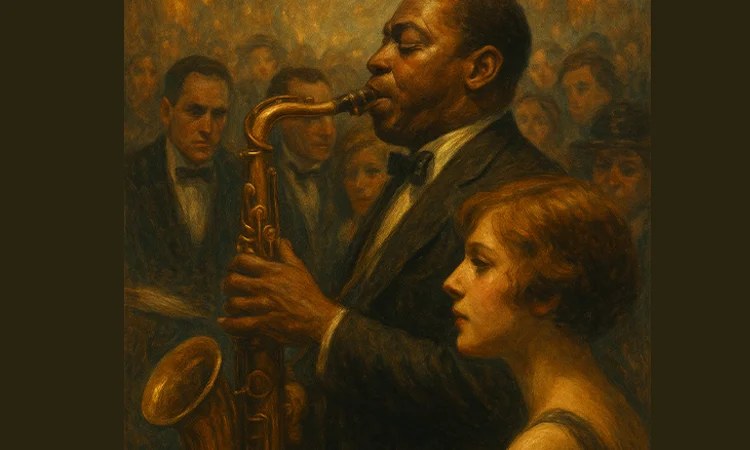
You know, after WW1, folks didn’t just wanna party for the hell of it. The whole world kinda snapped awake and said, “Screw the old ways.” Art, music, movies suddenly that stuff wasn’t just for rich snobs. It was how people tried to glue themselves back together.
Nobody gave a damn about royal decrees or church sermons anymore. People flocked to wild jazz clubs, packed movie theaters, and tuned in to whatever weirdness was crackling through the radio. High culture? Low culture? Whatever. If it made you feel something joy, pain, anything at all it was in.
And man, youth culture exploded. Celebrities became new royalty. Political jokes and satire were everywhere because sometimes you just gotta laugh so you don’t lose it. The world was basically a hot mess, and everyone was trying to make sense of it in their own way.
So yeah, entertainment after the war? It wasn’t just a distraction. It was survival. People didn’t just watch or listen they lived it. Together, because honestly, what else could you do?
Final Thoughts
Man, the world after WW1 was basically shattered like, really bruised and battered. But did it just sit there moping? Nah. It started belting out tunes, busting out wild dance moves, cracking jokes, and basically flipping grief the bird. Survival wasn’t just about food and shelter; it was about laughing at slapstick, losing yourself in a jazz riff, and letting art patch up what reality broke. Entertainment wasn’t a luxury. It was the heartbeat.
Now, if you’re someone who geeks out over old records, movie posters, or just weird bits of history, digging into all that postwar creative chaos isn’t just a nostalgia trip. It’s detective work, honestly. It’s figuring out how a whole generation glued itself back together with rhythm and color and, yeah, a lot of attitude. That wild energy? Still echoes in the stuff we watch, hear, and collect today.
And if you’re the kind of person who actually gets why this stuff matters like, not just as “old junk” but as living, breathing pieces of history then you gotta check out miltrade.com. We’re all about making sure that the real relics, the ones with stories and soul, end up with collectors who actually care.
‘Cause, let’s be real, most legacies aren’t typed up in some dusty textbook. They’re spinning on a turntable, tucked in a box of ticket stubs, or living on someone’s wall. That’s the good stuff, passed down from one fan to the next.
FAQs
Was there entertainment that important after WW1?
Yes. You have to remember that folks weren’t just rebuilding cities, they were trying to be human again. A night at the theater or hearing jazz on the radio? That was survival with a soundtrack.
Why did jazz blow up like it did?
Because it was new and alive. Jazz did not play the rules, and after a war that had torn everything apart, that refusal hit home. You can still feel it when you run across an old record on Miltrade.
Did soldiers become entertainers too?
Big time. Some veterans used performance to work through what they had seen. Some joked, some wrote plays. You can still find old playbills or posters from their productions floating around in collector communities even on Miltrade.
How did entertainment differ country to country?
In America, flash and radio waves. In Europe, seedier cabaret, dark comedy, political satire. Everywhere, pain translated to performance in its own way.
Why is postwar entertainment still of interest to collectors today?
Because it possessed the vitality of a generation that was struggling its way back to the living. Posters, radio, shows they are not relics. They’re bold, brazen proof that people lived for fun. Miltrade exists so these stories aren’t forgotten.
